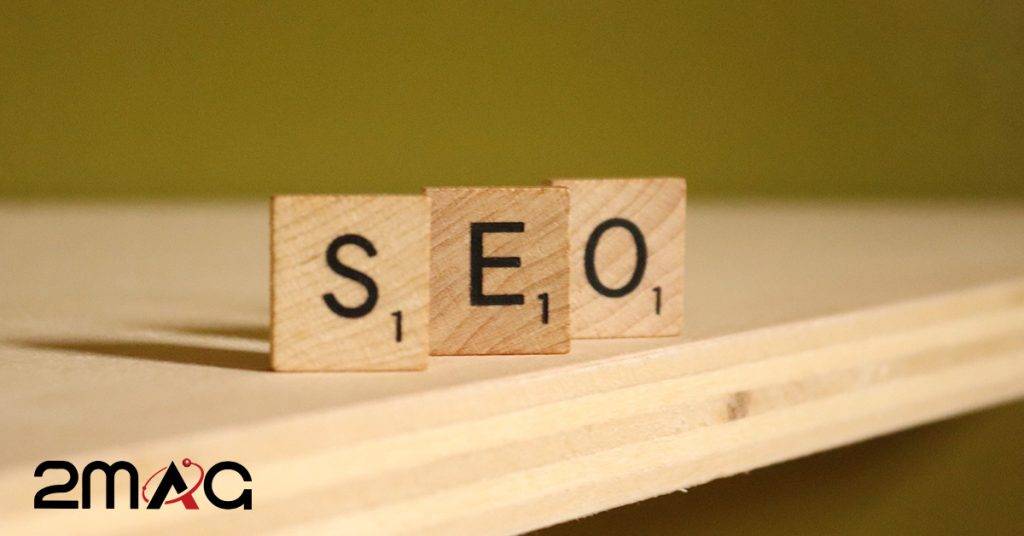Introduction :
In the ever-evolving landscape of SEO, professionals are constantly seeking platforms that can enhance their visibility on search engines. One such platform that has been under scrutiny recently is Google Sites. In this article, we delve deep into the insights provided by Google’s John Mueller on the effectiveness of Google Sites for SEO. As we navigate through the nuances, you can expect to learn about the potential challenges and considerations if you are contemplating using Google Sites for your SEO strategy.
Background or Context :
Google Sites, a website creation service offered by Google, allows users to build websites with a simple interface. However, recent developments have raised concerns about its efficacy in SEO. Users have reported issues with page indexing, and there seems to be a growing consensus about the limitations of Google Sites when it comes to SEO optimization. Let’s explore these concerns in detail, guided by the insights shared by John Mueller, a renowned figure at Google.
Main Section 1: Google Sites and SEO Concerns
Subsection 1: Indexing Issues with Google Sites
Detail 1: User Concerns About Indexing on Google Sites
Recently, a user brought up a significant concern regarding the indexing of pages created through Google Sites. Despite creating a website, the user noticed that the pages were not getting indexed by Google, raising questions about the platform’s reliability for SEO.
Detail 2: John Mueller’s Response on Indexing Issues
Addressing the concern, John Mueller clarified that while Google Sites can technically index URLs, the process might not be straightforward. The URLs used in Google Sites can sometimes be challenging to track, especially since the public version can vary from the URL visible when logged in. This discrepancy can potentially hinder the SEO performance of websites created on this platform.

Subsection 2: Tracking Challenges with Google Sites
Detail 1: Complexities in Tracking with Google Search Console
Mueller further highlighted the complexities involved in tracking the performance of Google Sites in the Search Console. While it is technically possible to index the sites, the inherent structure of Google Sites makes it less than ideal for SEO purposes. Tracking can become complex, making it difficult for website owners to monitor their site’s performance accurately.
Detail 2: Recommendations by John Mueller for Better Tracking
Despite these challenges, Mueller suggested a workaround that might help in better tracking. He recommended using an actual domain name instead of the default sites.google.com domain. This approach not only facilitates easier migration but also allows website owners to verify the ownership of the entire domain in the Search Console, potentially enhancing the tracking process.

Main Section 2: The Phenomenon of Google Stacking
Subsection 1: Understanding Google Stacking
Detail 1: What is Google Stacking?
An alarming trend that has been noticed is the popularity of Google Sites among link spammers, a tactic commonly referred to as “Google Stacking”. In this strategy, spammers create a network of links on various Google subdomains like Google Sheets and Google Docs, and interlink them all from a Google Sites page.
Detail 2: Why it is Popular Among Spammers
The underlying belief behind Google Stacking is the assumption that Google subdomains carry a certain “authority” and “trust”, which can be transferred to spammer sites through these interlinked networks. This misconception has led to a surge in the use of Google Sites for creating spammy link networks, aiming to manipulate SEO rankings.

Subsection 2: The Reality of Google Stacking
Detail 1: The Misconception of “Trust” and “Authority” Transfer
Despite the popularity of this tactic, it is based on a flawed understanding of SEO principles. There is no such mechanism where “trust” or “authority” gets transferred from one site to another through links, as believed by those employing Google Stacking strategies.
Detail 2: John Mueller’s Insights on the “Trust” Factor
In another session, John Mueller debunked the myth surrounding the “trust” factor in Google Stacking. He clarified that Google does not have a specific “trust” metric that can be transferred through links. This revelation underscores the importance of adhering to ethical SEO practices and avoiding tactics based on misinformation.

Conclusion :
As we navigate the complex world of SEO, it is essential to base our strategies on accurate information and insights from reliable sources. From the discussion above, it is evident that while Google Sites offers a platform for website creation, it may not be the ideal choice for those looking to optimize their SEO strategies. The challenges with indexing and the misconceptions surrounding Google Stacking highlight the need for a more nuanced approach to SEO.
John Mueller’s insights serve as a valuable guide for SEO professionals, urging them to explore other options and weigh the pros and cons before committing to a platform. His advice to consider using actual domain names and to steer clear of tactics based on misinformation underscores the importance of ethical SEO practices.
Call to Action :
As we conclude, we encourage readers to delve deeper into the world of SEO and explore options that align with best practices. If you have experiences with Google Sites, we invite you to share your insights and contribute to a broader understanding of this platform’s role in SEO. Together, we can foster a community that thrives on accurate information and ethical practices.
Remember, in the realm of SEO, it’s not just about following trends but about creating strategies based on factual information and expert insights. Let’s commit to fostering a digital landscape that values authenticity and ethical practices.



Leave A Comment